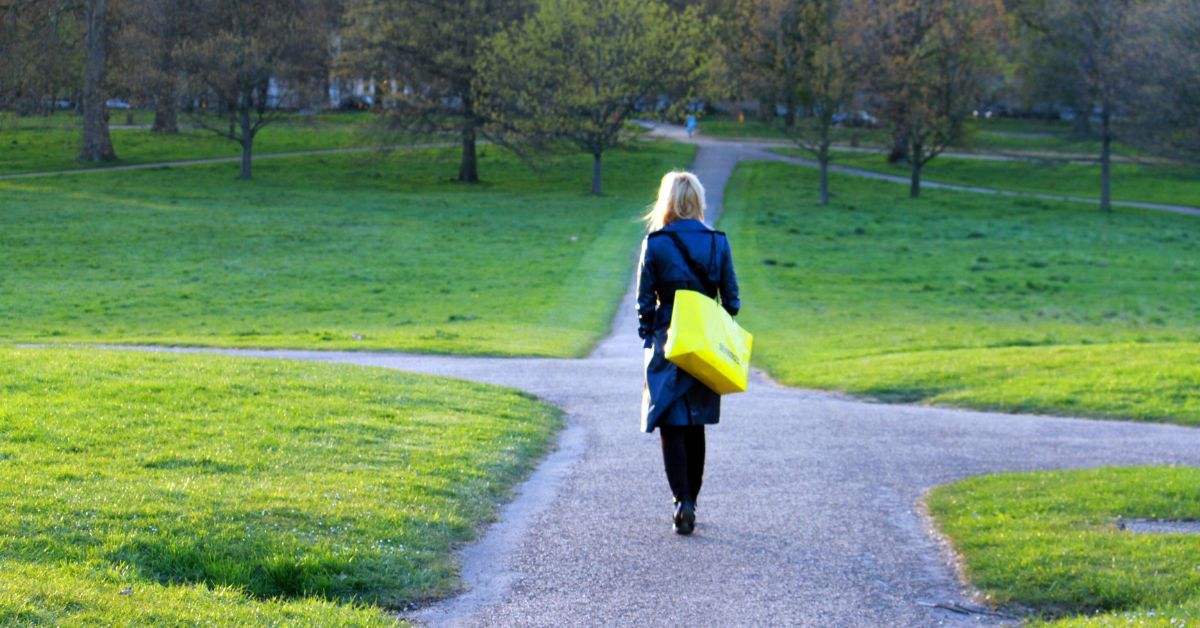The Value of Native Plants in Gardening
Native plants are the unsung heroes of sustainable gardening. These plants, which have naturally evolved in specific regions, offer numerous benefits that make them an exceptional choice for gardeners. Firstly, native plants are well-adapted to local climate conditions, meaning they require less water and fewer resources to thrive. This characteristic is particularly important in areas prone to drought or with limited water resources. By choosing native plants, gardeners can significantly reduce their water usage, contributing to environmental conservation.
Moreover, native plants support local wildlife, providing essential habitats and food sources for native birds, insects, and other fauna. This biodiversity is crucial for maintaining healthy ecosystems. Native plants also tend to be more resistant to local pests and diseases, reducing the need for chemical interventions. This not only saves money but also minimizes the environmental footprint of gardening practices.
Incorporating native plants into your garden can also promote soil health. These plants often have deep root systems that help prevent soil erosion and improve soil structure. Additionally, native plants can enhance the aesthetic appeal of a garden with their unique and diverse appearances, offering a sense of place that reflects the local environment.
Designing a Backyard Native Landscape
Creating a native landscape in your backyard involves more than just planting native species; it requires thoughtful planning and design. Start by assessing the existing conditions of your backyard, including soil type, sunlight exposure, and drainage patterns. Understanding these factors will help you select the right native plants that will thrive in your specific environment.
Next, consider the layout of your garden. Group plants with similar water and sunlight needs together to create microclimates that enhance plant health and reduce maintenance. Incorporating layers of vegetation, such as ground covers, shrubs, and trees, can add depth and interest to your landscape while providing diverse habitats for wildlife.
Pathways and seating areas can be integrated into the design to encourage interaction with the garden. Use natural materials like stone or wood to maintain a cohesive and organic feel. Water features, such as small ponds or birdbaths, can attract wildlife and add a soothing element to the landscape.
Lastly, be patient and allow your native garden to evolve over time. Native plants may take a few seasons to establish fully, but the long-term benefits of a thriving, sustainable landscape are well worth the wait.
Native Plant Sustainability: A Closer Look
Sustainability is at the heart of native plant gardening. By opting for native species, gardeners can significantly reduce their environmental impact. Native plants are inherently sustainable as they have adapted to the local environment over thousands of years. This adaptation means they require fewer resources, such as water and fertilizers, to maintain their health and vigor.
One of the key aspects of sustainability in native plant gardening is the reduction of chemical inputs. Native plants are typically more resistant to pests and diseases, reducing the need for pesticides and herbicides. This not only protects the local ecosystem but also promotes healthier soil and water quality.
Additionally, native plants contribute to carbon sequestration. Their deep root systems store carbon in the soil, helping to mitigate climate change. By choosing native plants, gardeners can actively participate in carbon reduction efforts.
Furthermore, native plant gardening supports local biodiversity. By providing habitats and food sources for native species, gardeners can help preserve the delicate balance of local ecosystems. This biodiversity is essential for pollination, pest control, and overall ecosystem health.
Challenges and Solutions in Native Plant Gardening
While native plant gardening offers numerous benefits, it also presents some challenges. One common challenge is the availability of native plants. Depending on your location, finding a diverse selection of native species at local nurseries can be difficult. To overcome this, consider sourcing plants from specialized native plant nurseries or participating in plant exchange programs with fellow gardeners.
Another challenge is the initial establishment period for native plants. These plants may take longer to establish compared to non-native species, requiring patience and careful monitoring during the first few seasons. However, once established, native plants typically require less maintenance and are more resilient to environmental stresses.
Gardeners may also face resistance from neighbors or local regulations that favor traditional landscaping practices. Educating others about the benefits of native plants and showcasing the beauty and functionality of your garden can help change perceptions and encourage more sustainable landscaping practices in your community.
Finally, managing invasive species is crucial in native plant gardening. Invasive plants can outcompete native species, threatening biodiversity. Regular monitoring and removal of invasive plants can help maintain the integrity of your native garden.
Conclusion: Embracing Native Plants for a Sustainable Future
Incorporating native plants into your garden is a rewarding journey that offers numerous environmental, economic, and aesthetic benefits. By choosing native species, gardeners can create beautiful, low-maintenance landscapes that support local ecosystems and promote sustainability.
As you embark on your native plant gardening journey, remember that patience and perseverance are key. The initial effort will pay off as your garden becomes a thriving, self-sustaining ecosystem that requires minimal intervention. By embracing native plants, you are contributing to a more sustainable future and inspiring others to do the same.
Whether you’re a seasoned gardener or just starting, native plant gardening offers a fulfilling and impactful way to connect with nature and support the environment. So, roll up your sleeves, get your hands dirty, and watch your backyard transform into a vibrant, sustainable haven.










